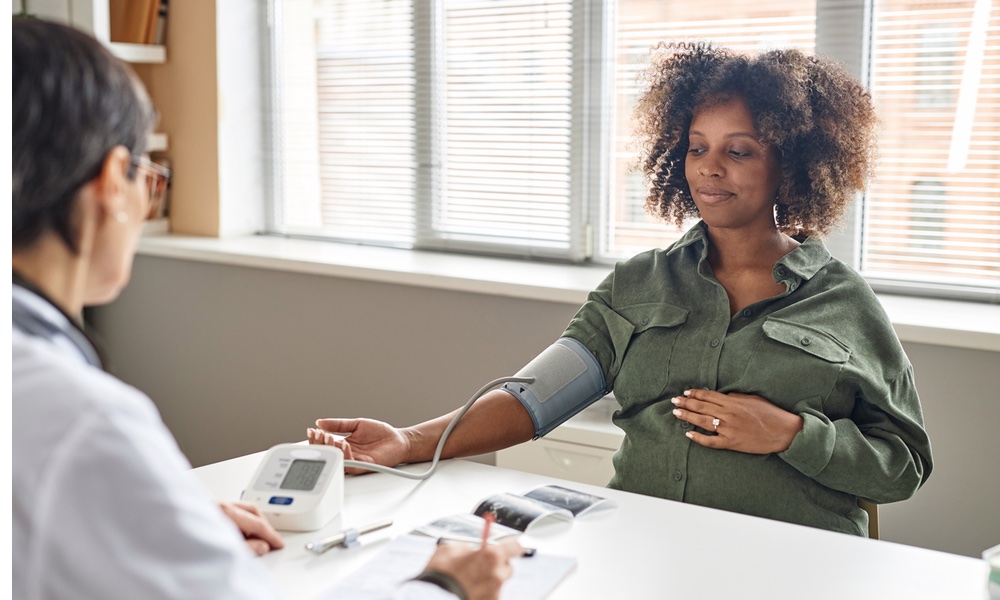Healthcare-associated infections (HAI) — that is, infections that are contracted during medical treatment — are not a widely or easily discussed subject. Neither patients nor doctors like to think about them because hospitals and other health care facilities are places we go to get well, not to get sicker.
Somewhere between 5 and 15% of patients who spend a significant amount of time in the hospital acquire some type of infection there. Medicine has traditionally used mysterious, unevocative terms for this phenomenon such as iatrogenic ("due to medical treatment") or nosocomial ("hospital-acquired") infection. Only if you are a medical professional or fluent in ancient Greek would the meaning of these words be clear.
According to studies in the U.S., an infection develops in about 1 in 20 hospitalized patients, an estimated 1.7 million patients per year. Infections acquired during home care or from outpatient treatment get less attention but certainly occur. Why do HAI happen? There are many reasons, not all of which are preventable. After all, hospitals are full of severely ill patients with weakened immune systems; these people are at increased risk for any infection. On the bright side, knowledge of how to prevent HAI is steadily improving and medical attitudes toward HAI are changing.
In the past, HAI were assumed to be an inevitable cost of doing business. But as many hospitals have succeeded in driving their rates of HAI lower than was ever thought possible, it has been recognized that the vast majority of HAI can be prevented. HAI rates will never reach zero. But already, in many medical centers, rates of some HAI, such as catheter-associated bloodstream infections (CABSI) and ventilator-associated pneumonia (VAP), are approaching zero.Medicine has traditionally used mysterious, unevocative terms for this phenomenon such as iatrogenic ("due to medical treatment") or nosocomial ("hospital-acquired") infection.
For patients and their families, knowledge of HAI and the types of precautions used in hospitals can make you a more educated healthcare consumer who is better able to notice and report infections or risky practices and better manage infection control at home.
Programs designed to prevent or control HAI tend to focus on a short list of the most common and most dangerous infections, with higher priority given to HAI which are more preventable. In some states, keeping track of particular HAI may be mandated by law and may be required to be reported to state authorities and eventually the CDC (Centers for Disease Control).
Hand Hygiene
It may sound simple, but good hand hygiene is the single most important way to fight HAI. Unfortunately, despite the widespread lip service paid to the need for good hand washing, the reality is that healthcare providers, like the rest of us, are not very conscientious about washing hands.
Except in certain areas — in operating rooms 100% compliance is the norm — surveys report that healthcare workers wash their hands less than 40% as often as they should. With the introduction of alcohol-based hand-rub products, the broader term "hand hygiene" has been introduced to cover both traditional hand-washing with soap and water and hand disinfection with an alcohol-based product. Because alcohol-based hand-rub dispensers can be placed in many more locations than sinks, they make it much more likely that healthcare workers will actually perform hand hygiene. Alcohol-based hand-rubs take far less time than traditional soap-and-water washing.
Table 1 shows the CDC-recommended indications for hand hygiene. Hand washing with soap and water should be done whenever the hands are visibly soiled. Otherwise, use of an alcohol-based product for hand hygiene is acceptable. Both the CDC and the World Health Organization have made improved hand hygiene a major goal.
- Patient contact
- Donning gloves when inserting a CVC
- Inserting urinary catheters, peripheral vascular catheters, or other invasive devices that don't require surgery
- Contact with a patient's skin
- Contact with body fluids or excretions, non-intact skin, wound dressings
- Contact with inanimate objects (including medical equipment) in the immediate vicinity of the patient
- Removing gloves
For diseases where there is natural or vaccine-acquired immunity (e.g., chicken pox or measles), healthcare workers who are immune do not usually need any additional respiratory precautions to enter the AIIR. Non-immune workers should not enter the room; in an emergency, they could use the procedure for diseases where there is no immunity (see below).
For tuberculosis or other diseases where there is no question of immunity, some form of personal respiratory protection is required. At a minimum, a respirator is recommended for anyone entering the room.
It is imperative that patients who are even suspected of having TB, chicken pox or measles be placed on airborne precautions promptly. Although this will lead to a certain degree of isolation, that is far preferable to having other patients and healthcare workers infected because isolation seemed like too much trouble.For diseases where there is natural or vaccine-acquired immunity (e.g., chicken pox or measles), healthcare workers who are immune do not usually need any additional respiratory precautions to enter the AIIR.
- Drug resistant: The current rise in methicillin-resistant Staphylococcus aureus (MRSA) is one example
- Very dangerous in the healthcare setting: An example is chicken pox, which can be dangerous to adults, particularly those with suppressed immune systems.
- Both: This is the case of Clostridium difficile, an intestinal bacteria that is normally held in check by the healthy bacteria in our digestive tract. It becomes a problem in people taking antibiotics that destroy the body's natural defenses against the bacteria, resulting in severe diarrhea. Because it is brought on by antibiotic use, it is particularly antibiotic resistant. People may pick up the bacteria in the hospital, making them susceptible to diarrhea if they are later put on antibiotics.
The mainstay of preventing the spread of MDROs is the effective use of contact precautions.Unfortunately, few new antibiotics are in the production pipeline. Thus, as MDROs become increasingly resistant, there may be no effective means to treat patients infected with them.
Unfortunately, MDROs are becoming more and more common. This may be caused in part by poor adherence to contact precautions, standard precautions and hand hygiene on the part of healthcare workers. Nevertheless, traditional efforts have not proven to be entirely effective, especially with so-called "colonized" patients who have no symptoms but who can act as "reservoirs" that spread infection unpredicably to other patients.8,9 Modern, molecular-based testing allows for rapid identification of colonized patients. Some states, such as Illinois, have mandated active surveillance for MRSA in hospitals.
A number of measures have been proven to reduce the risk of CABSI — these are listed in Table 1. The use of maximal sterile barrier precautions during catheter placement means that the inserter should have a sterile gown and gloves on, as well as a surgical mask and hair-cover. Any assistant working nearby should be similarly attired. The patient should be covered with a broad sterile drape that covers most, if not all, of the body. Comprehensive programs to prevent CABSI, including extensive education of healthcare workers, have led to CABSI rates as low as 0 in many ICUs.
- Educate healthcare workers on proper catheter placement and maintenance
- Perform hand hygiene prior to catheter insertion or manipulation
- Use a chlorhexidine-based skin antiseptic (for patients over 2 months old) prior to catheter insertion and during dressing changes
- Use maximal sterile barrier precautions during catheter insertion
- Avoid using the femor as a site for adult patients
- Use either sterile gauze or sterile, transparent, semi- permeable dressing to cov
- Replace dressing if it becomes damp, loosened or visibly soiled
- Change dressings at least weekly for adult and adolescent patients
- Do not use topical antibiotic ointment or creams on insertion sites
- Do not routinely replace central venous or arterial catheters
- Promptly remove any intravascular catheter that is no longer essential
- Minimize sedation
- Raise head of bed 30-45 degrees
- Consider sucralfate for ulcer prevention
- Change ventilator circuits only when they are visibly soiled or malfunctioning
- Remove condensation from ventilator tubing
- Use aseptic techniques for manipulating ventilator tubing
- Provide good oral care for intubated patients
- Consider using endotracheal tubes with subglottic suctioning
- Remove the device as soon as possible
- Use clippers or depilatories, rather than shaving, to remove hair before an operation. This is because razors cause microscopic skin nicks that provide a reservoir for bacteria.
- Keep traffic in operating rooms to a minimum during surgery
- Reduce the use of "flash sterilization"
- Reduce the length of the surgical procedure as much as possible. Use antibiotics preventatively. Most surgical site infections are caused by bacteria living on or in the patient at the time of surgery. Giving pre-operative antibiotics aimed at the most common causes of infection has led to significant reductions in surgical site infections. Antibiotics given after operations have not been shown to reduce the risk of SSI.
- Discontinue antibiotics within 24 hours after surgery (48 hours after cardiothoracic surgery
Society for Healthcare Epidemiology of America (SHEA) http://www.shea-online.org
Association of Professionals in Infection Control and Epidemiology http://www.apic.org
CDC Division of Healthcare Quality Promotion (DHQP) http://www.cdc.gov/ncidod/dhqp/index.htm




